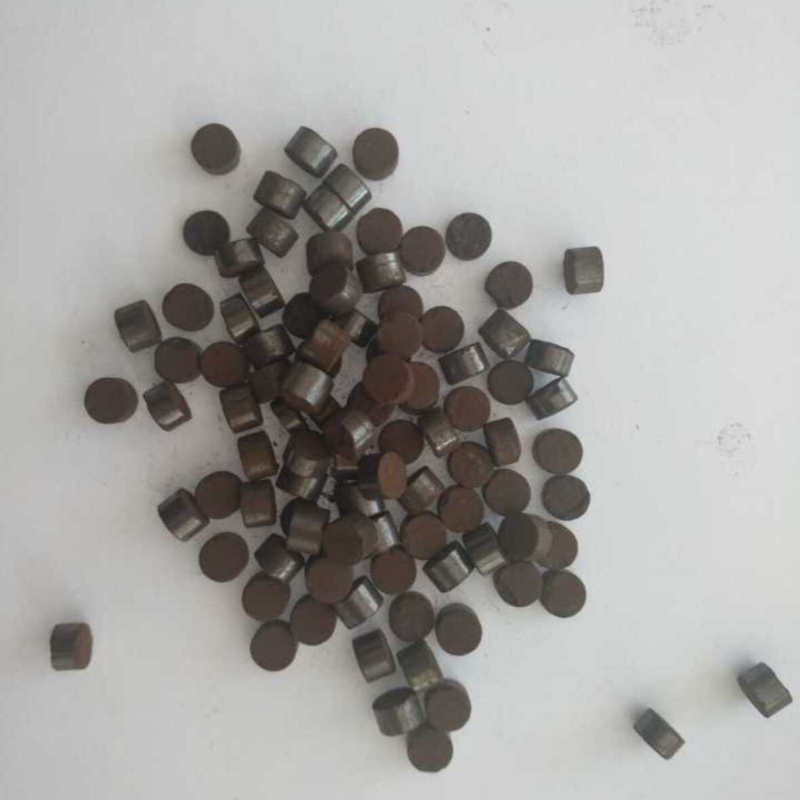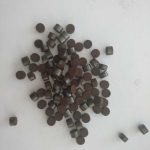High-temperature shift catalyst is an advanced catalytic material designed for efficient carbon monoxide conversion in hydrogen production processes. Engineered with optimized metal oxide formulations, it ensures superior thermal stability, enhanced reaction kinetics, and prolonged operational lifespan in high-temperature environments. This catalyst is widely used in hydrogen plants, ammonia synthesis facilities, and industrial gas processing applications, providing reliable performance and energy efficiency in large-scale chemical transformations.
Product Overview
The high-temperature shift catalyst is an industrial catalyst designed for high-temperature gas shift reactions. Its main components include iron, chromium oxide, a small amount of copper oxide, and other special additives. This catalyst exhibits excellent catalytic activity, enabling effective gas reactions at high temperatures. It is widely used in gas conversion processes for the production of ammonia, hydrogen, methanol, and other industrial chemicals.
Key Features
- High Activity: The catalyst has high catalytic activity, enabling effective reaction at high temperatures, improving product yield.
- High Mechanical Strength: The catalyst is strong enough to withstand significant mechanical stress, reducing breakage and wear.
- Low Bulk Density: Low bulk density enhances gas flow, optimizing gas distribution during the reaction process.
- Wide Operating Temperature Range: The catalyst operates stably over a broad temperature range, meeting various process requirements.
- Strong Resistance to Condensation Water: The catalyst demonstrates excellent resistance to condensation water, ensuring stable performance under high-humidity conditions.
- Low Sulfur Content: The catalyst has a low intrinsic sulfur content, making it especially suitable for direct series low-temperature shift systems in large-scale ammonia plants. This avoids the need for specialized desulfurization processes, reducing startup times.
Applications
- Ammonia Production: Widely used in the high-temperature shift reaction of ammonia synthesis, improving reaction efficiency.
- Hydrogen Production: Used in high-temperature gas shift reactions to enhance hydrogen yield and purity.
- Methanol Production: Applied in methanol synthesis to increase gas conversion rates.
- Other High-Temperature Gas Conversion Processes: Suitable for various industrial reactions that require high-temperature gas shifts, especially for large-scale production of ammonia, hydrogen, and methanol.
| Property | Value |
| Appearance | Dark brown cylindrical body |
| Diameter (mm) | φ9×6~8mm, Φ6×5~7mm |
| Bulk Density | 1.35~1.5 g/ml |
| Chemical Composition | Iron, chromium oxides, small amounts of CuO and other additives |
| Post-heat Activity (CO Conversion Rate) 350℃ | ≥70.0% |
| Radial Compressive Strength Before Reduction | ≥210.0 N/cm |
| Radial Compressive Strength After Reduction | ≥210.0 N/cm |
| Percentage of Particles with Strength Below 160 N/cm | ≤10.0% |
| Wear Rate | ≤8.0% |
| Loss on Ignition | ≤10.0% |
| Sulfur Content (as S) | ≤0.025% |
| Inlet Temperature | 280℃ (Minimum Start-up Temperature 250℃) |
| Operating Temperature | 300-500℃ |
| Optimal Temperature | 350-420℃ |
| Operating Pressure | Atmospheric to 8.0 MPa |
| Applicable Space Velocity | 600-3000 h⁻¹ |
| Sulfur Resistance | H₂S < 500 mg/Nm³ |
| Water to Gas Ratio | ≧0.3 (excluding humidification part) |
Submit Your RequirementsWe will contact you within 24 hours.
 WOBO Scientific Research New Materials One-Stop Service Platform
WOBO Scientific Research New Materials One-Stop Service Platform











